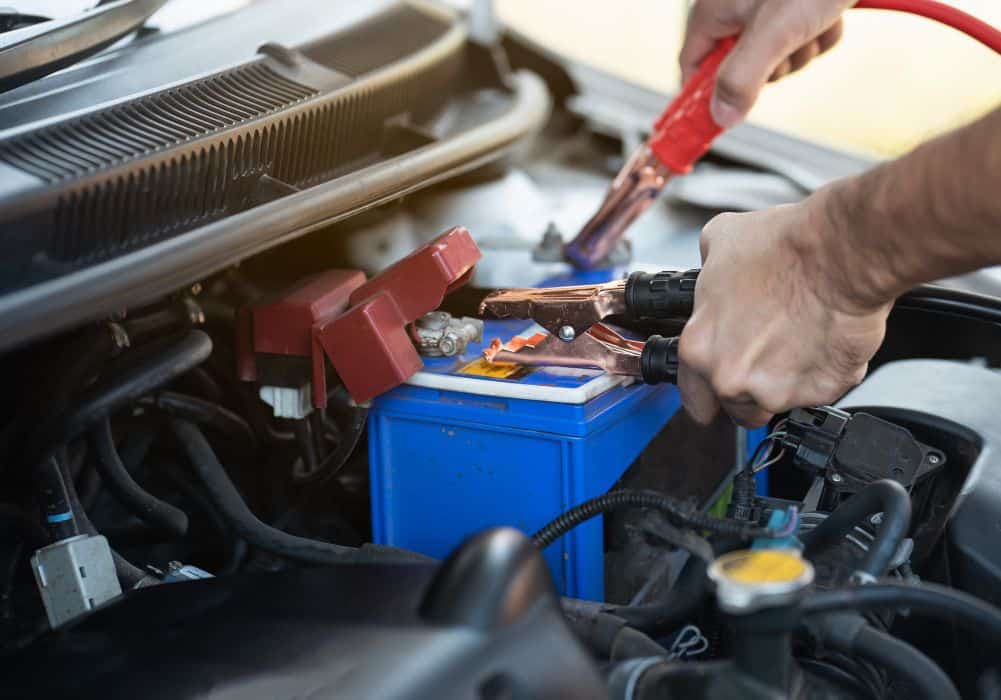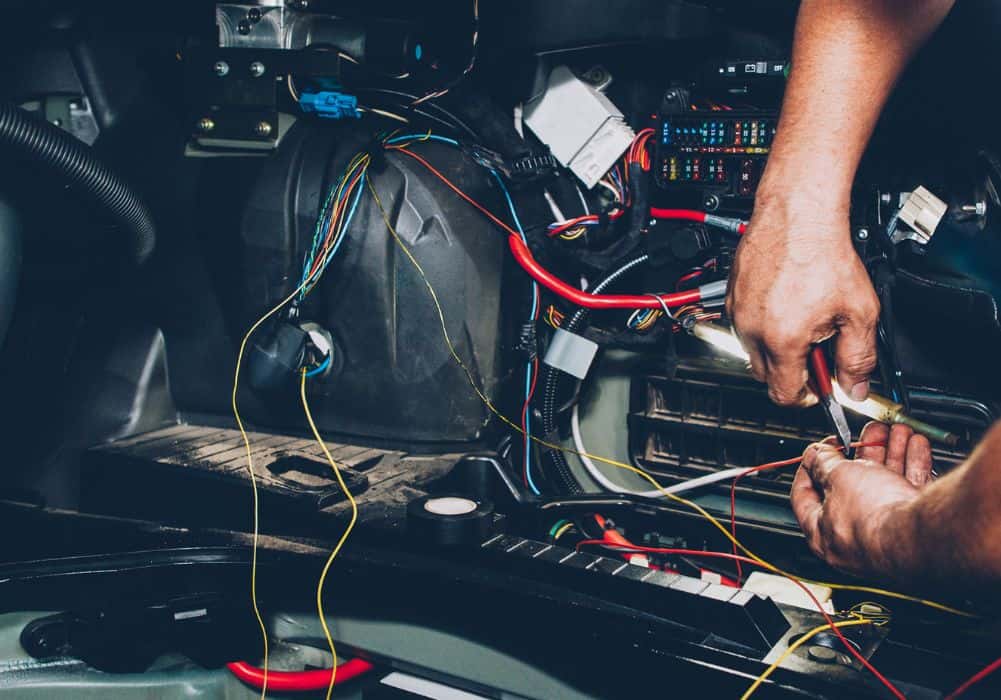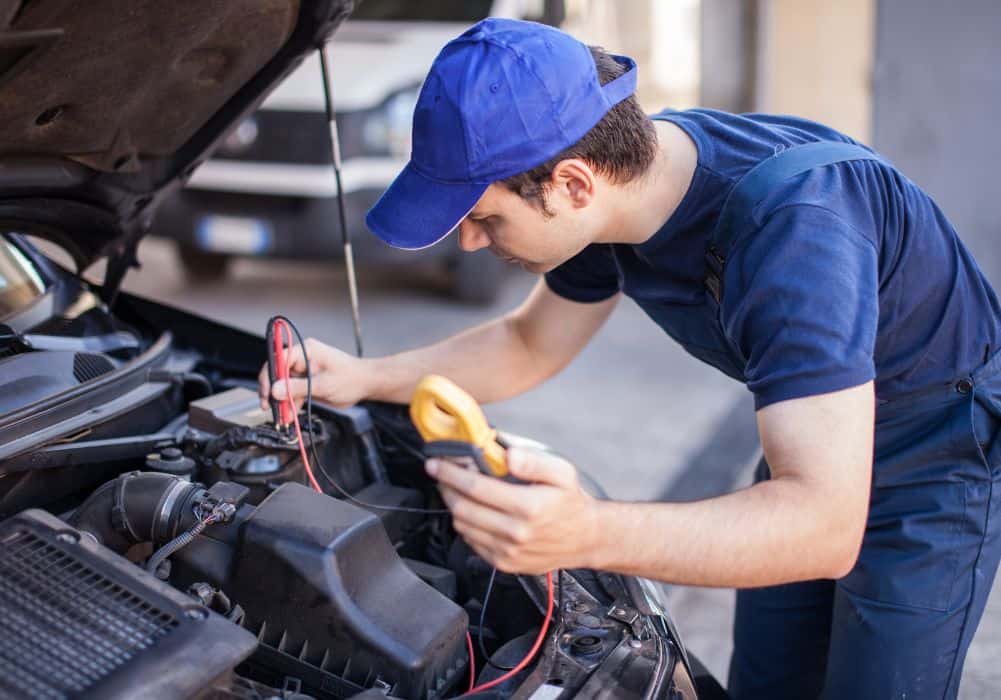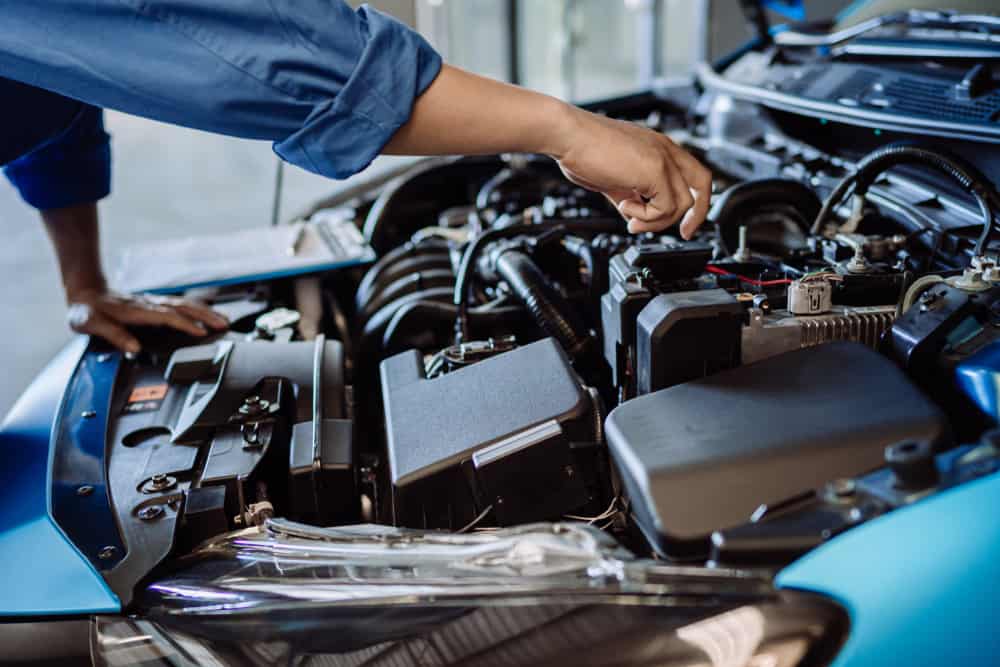It’s no secret that running a fuel pump directly to a battery is a great way to improve fuel economy and performance on your vehicle. By bypassing the fuel pump relay, you can send more volts directly to the fuel pump, which in turn results in increased pressure and more consistent flow of gasoline to your engine.
There are a few different ways to go about running a fuel pump directly to a battery. In this blog post, we’ll walk you through the steps necessary to do it yourself, as well as some tips for choosing the right parts and avoiding common pitfalls. We’ll also take a look at some of the benefits of running a direct wire and explore some of the applications where it can be especially useful.
Table of Contents
Why Should You Run a Fuel Pump Directly to a Battery?
Running the fuel pump directly to the battery is a technique that many people try to do with their vehicles. However, if you go this route, you’ll want to remember that wiring your fuel pump directly to your battery is fine for a short-term fix, but it is not recommended for a long-term solution. This is because, while some fuel pumps can work fine with a direct wire, others can’t.
The last thing you want to do is create a worse problem than the one you tried to fix in the first place.
Now, let’s talk about why you might want to do this modification in the first place. As we mentioned, running a fuel pump directly to a battery bypasses the fuel pump relay. This pump modification has a few different benefits:
1. Increased Pressure
By sending more volts directly to the fuel pump, you can increase the fuel pressure of the gasoline being delivered to your engine. This can lead to increased performance, as well as improved fuel economy, which is a definite plus.
2. More Consistent Flow
The increased pressure provided by a direct battery connection can also help to ensure a more consistent flow of gasoline to your engine. This can help to avoid fluctuations in performance, and can make your car more reliable overall.
3. Better Lighting
If you’re running a modification on your headlights or other electrical system upgrades that require much power, a direct battery connection can provide the increased amperage needed to avoid dimming or flickering lights.
4. Prevent Corrosion

Sometimes the positive and negative terminals in a battery can corrode. This especially happens if you live in an area with high humidity, but it can happen in other places too. A direct battery connection can help to prevent corrosion of the fuel pump terminals.
5. Improve Performance
In general, a direct battery connection can help to improve the performance of your car. This is because if the wires on your fuel pump are damaged, a direct wire to the battery can bypass that problem and fix the performance issues those wires were causing.
6. Save Money
If you’re looking for a way to save money on your car, running a fuel pump directly to a battery can be a good option. By bypassing the fuel pump relay, you can avoid having to replace any parts right away.
Considerations to Keep in Mind When Rewiring
Now that we’ve covered some of the benefits of running a fuel pump directly to a battery, let’s take a look at how to do it.
There are a few considerations to keep in mind.
1. Use a Heavy Gauge Wire

First, think about how thick your wire is. You’ll want to use a thick gauge wire because otherwise it may experience voltage drop as it delivers power from the battery to the fuel pump. You want to make sure your pump gets enough power and that the wire can handle the electrical load.
2. Use a Wiring Harness
Also, you will want to be sure to use a wiring harness to protect the gauge wire that you are rewiring. You definitely want a secure connection from the battery to the fuel pump, and if you don’t use a wiring harness, it could potentially compromise that connection.
3. Always Test Before You Drive
You will want to make sure that your new wiring is all hooked up and working before you hit the road. The last thing you want is to be stranded on the side of the road with a car that won’t start because of a wiring mistake.
4. Check Your Fuel Pressure
Once you have your new wiring all set up, you should also check your fuel pressure. If the pressure is too high, it can cause damage to your engine.
Be mindful of all these considerations, and if you ever have any questions, please pause making any changes until you can consult a professional mechanic. He or she will be able to point you in the right direction.
What Parts Do You Need?
We’ve talked about some of the benefits of running a fuel pump directly to a battery, as well as some of the things you’ll need to keep in mind while doing so, so now let’s talk about what parts you’ll need.
For this job, you may need:
- Your car battery
- Your fuel pump
- A jumper wire
- A wiring harness
- Electrical tape
- Wire cutters/stripper
- Needle nose pliers
- Solder
- Soldering iron
- Clamps
- 30 amp fuse
- Fuse holder
- Cable
- Safety goggles
How to Run a Fuel Pump Directly to a Battery
As a disclaimer, please remember that there are sometimes differences between vehicles and processes. We are mentioning a general overview here, and your experience may slightly vary.
Let’s look at how to directly wire a fuel pump to a battery.
Step 1: Connect a Fuse to the Battery
The first step is to connect a fuse to the battery. This is important because it will help to protect the battery from any potential damage that could be caused.
To do this, locate the battery in your car. Cut a short piece of wire and clamp or pin it to the positive terminal of the battery. Then solder a fuse holder to the other end of the wire.
Step 2: Connect the Battery to the Fuel Relay
Now, you will need to connect the battery to the fuel relay. The fuel relay is responsible for supplying power to the fuel pump.
To do this, locate the fuel relay in your engine bay. Cut a piece of cable long enough to reach from the battery terminal to the fuel relay.
Then, strip both ends of the wire and attach them to the battery terminal and the fuel relay. Use electrical tape to cover any exposed wire.
Step 3: Attach the Ground Wire
Now, you will need to attach the ground wire. The ground wire is responsible for completing the fuel pump circuit and allowing power to flow to the fuel pump.
To do this, find a metal ground point on your vehicle near the fuel pump. This could be a bolt or screw that is attached to the frame of the car.
Attach a jumper wire from the relay to the ground point.
Step 4: Cut the Fuel Pump Wires and Attach the Trigger Wire
Now, you will need to cut the fuel pump wires and attach the trigger wire. The trigger wire is responsible for supplying power to the fuel pump when the engine is turned on.
To do this, locate the wire harness at your fuel pump. Cut into two wires, one being the trigger wire and one is the power wire. Then, take the trigger wire (which is black and white with blue stripes) from the fuel pump down to one terminal on the relay.
Step 5: Attach the Power Wire to the Fuel Pump
Now, you will need to attach the power wire to the fuel pump. The power wire is responsible for supplying power to the fuel pump when the engine is running.
To do this, take the power wire and solder it to the fuel pump down to the other terminal on the relay.
Step 6: Test It Out!
Now that you have completed all of the steps, it’s time to test it out! Since you have completed the soldering, you can insert the 30 amp fuse into the fuse holder by the battery.
Turn on your car and let it idle for a few minutes. Then, check to see if there is enough pressure (measured in PSI, pounds per square inch) in the fuel system by starting the car and revving the engine.
If it isn’t working, then use a multimeter to read if there is power in the circuit. As always, if you run into difficulty, please consult a professional mechanic or a wiring diagram for your specific car.
In Conclusion
Congratulations! Now you know how to wire a fuel pump directly to a battery!
Whether you’re looking for increased performance or just want to avoid being stranded on the side of the road with a dead battery, wiring a fuel pump directly to a battery can be a great modification for your car. Just be sure to take the necessary precautions to protect your electrical system, and always consult a professional mechanic if you’re unsure of how to proceed.
Have you ever tried to direct wire your fuel pump to your battery? Let us know about your experiences in the comments below!
